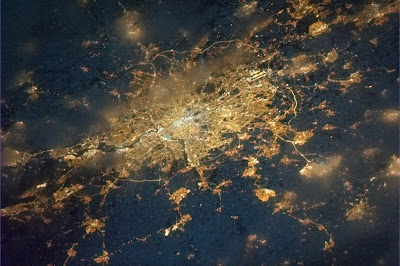ESA’s Cryosat polar orbiting spacecraft possesses the capability to observe features in more detail than previous missions and has revealed that the region is now losing more than 150 cubic km of ice into the sea every year.
Cryosat was launched in 2010 with a radar specifically designed to measure the shape of ice surfaces - and its latest results indicate the loss appears to be accelerating
The data, presented at the recent American Geophysical Union (AGU) in San Francisco, show that the loss of ice equates to a 15 percent increase in West Antarctica's contribution to global sea level rise.
Prior to Cryosat, scientists concluded that ice losses from West Antarctica had pushed up global sea levels by some 0.28 mm a year between 2005 and 2010. The new Cryosat data starts from the end of that period.
Scientists say that ice at the Pine Island, Thwaites and Smith glacier ‘grounding lines’ - the places where the ice blocks split from the land and begin to float out over the ocean - is now thinning by between four and eight metres per year.
 |
| Three years of CryoSat measurements show that the West Antarctic Ice Sheet is losing over 150 cubic kilometres of ice each year. |
The radar can measure the surface height variation of ice in high resolution, allowing scientists to calculate its volume accurately.
Prof Andrew Shepherd of Leeds University, who led the West Antarctica study, said that part of the increase of ice loss could be due to faster thinning and part may also be down to CryoSat’s capacity to observe previously unseen terrain.
The mission has also provided three consecutive years of accurate Arctic sea ice thickness measurements, which show that ice covering Earth’s north polar region continues to thin.
Prof Shepherd added: "CryoSat continues to provide clear evidence of diminishing Arctic sea ice.
"From the satellite’s measurements we can see that some parts of the ice pack ice have thinned more rapidly than others, but there has been a decrease in the volume of winter and summer ice over the past three years.
"The volume of the sea ice at the end of last winter was less than 15 000 cubic km, which is lower than any other year going into summer and indicates less winter growth than usual."











